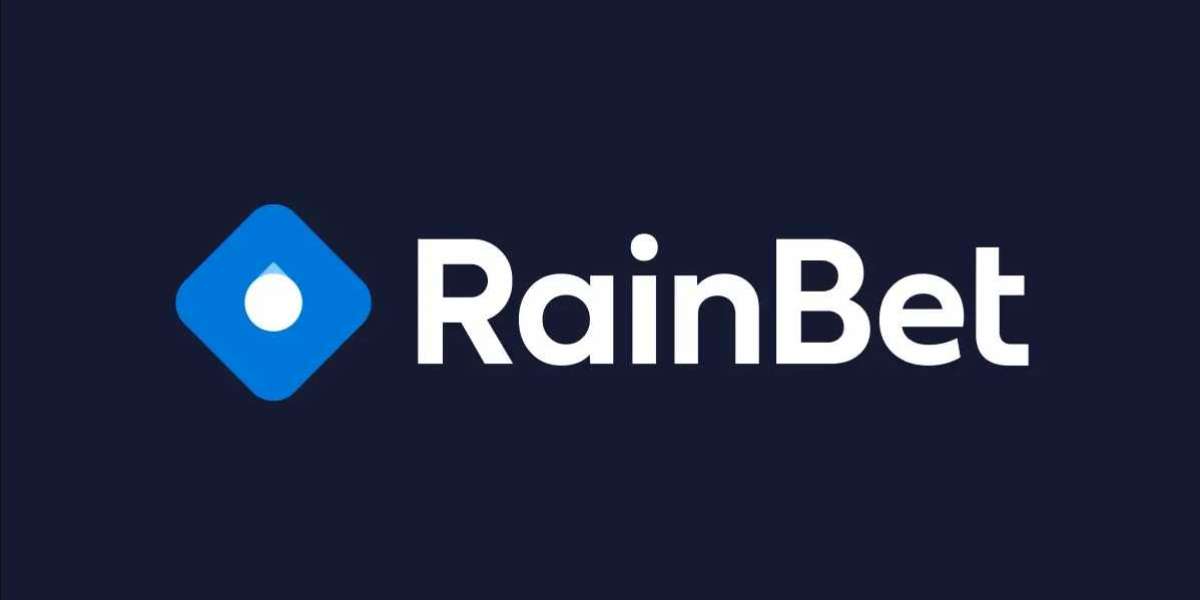In the UK education system, understanding how schools are performing is crucial for parents, students, and educators alike. A major part of this evaluation comes through performance metrics like Progress 8 and Attainment 8. These two measures were introduced in 2016 as part of a shift towards a more nuanced and comprehensive system of assessing school performance, moving away from the traditional GCSE league tables.
While these metrics may sound like just another set of statistics, they hold great significance in how schools are measured and how students' achievements are recognized. But what do Progress 8 and Attainment 8 actually mean, and why are they so important?
What is Attainment 8?
Attainment 8 is a measure of how well students perform in eight key subjects during their GCSE exams. It focuses on the academic achievement of students and provides a clear, numerical value for the overall academic attainment of a school. The eight subjects include:
English (Double Weighted): The first part of the Attainment 8 score comes from English, which is given double weighting. This means that the performance in English Language or Literature has a higher impact on the final score.
Mathematics: Similarly, a student’s performance in maths also counts towards their Attainment 8 score.
Three other English Baccalaureate (EBacc) subjects: These subjects include sciences, history, geography, or languages (modern foreign languages such as French, Spanish, etc.).
Any other subjects: The remaining three subjects can be any other GCSE subjects, such as arts, physical education, or vocational qualifications.
Each of these eight subjects is awarded a grade (from 1 to 9, with 9 being the highest), and each grade corresponds to a point value. For example:
A grade 9 is equivalent to 8 points.
A grade 8 is equivalent to 7 points.
A grade 7 is equivalent to 6 points, and so on.
The Attainment 8 score is then calculated by adding up the points for all eight subjects and averaging them. This gives a numerical representation of the average GCSE performance of students in the school.
What is Progress 8?
While Attainment 8 focuses on the raw results of students' GCSEs, Progress 8 measures how much progress students have made from the end of Key Stage 2 (the age of 11) to the end of Key Stage 4 (age 16). Essentially, it compares a student’s actual performance in their GCSEs to what would be expected based on their prior academic achievements.
The aim of Progress 8 is to measure whether students are progressing beyond what would be predicted based on their prior performance at Key Stage 2. It’s designed to take into account the individual progress of students rather than simply comparing raw exam results.
The calculation for Progress 8 works as follows:
The average progress score for a school is calculated by subtracting the predicted GCSE results (based on their Key Stage 2 performance) from the actual results that the students achieved.
A score of 0 means that students have made the expected amount of progress.
A positive score (e.g., 0.5) means that, on average, students have made better progress than expected.
A negative score (e.g., -0.5) means that, on average, students have made less progress than expected.
Why Are Progress 8 and Attainment 8 Important?
These two metrics provide a more holistic and balanced view of school performance compared to the traditional league tables that only focused on exam results.
Focusing on Individual Progress
The introduction of Progress 8 is particularly important because it puts the focus on individual progress rather than just raw academic performance. Students come from different backgrounds, with varying levels of prior attainment. Progress 8 allows for a fairer comparison of schools, as it acknowledges that not all students start from the same point. For example, a student who enters secondary school with lower prior attainment but makes significant progress will be valued for that progress, even if their final grades aren't as high as other students'.
This helps schools that work with students from disadvantaged backgrounds or those who face additional challenges. Rather than being penalized for their students’ lower starting points, schools that help students make significant progress are recognized for their efforts.
Holistic View of School Performance
Attainment 8 and Progress 8 together provide a more nuanced picture of how a school is performing. While Attainment 8 tells us about the overall academic performance of a school, Progress 8 ensures that schools are also being evaluated based on how much they are helping their students improve. This approach encourages schools to support all students in achieving their full potential, rather than just focusing on students at the top of the academic ladder.
For example, a school with a strong emphasis on helping struggling students catch up could have a lower Attainment 8 score compared to others but might perform better on Progress 8. This helps highlight the school’s value in helping students overcome barriers to learning.
Reducing the Pressure of “Grade-Only” Performance
By combining Attainment 8 with Progress 8, the education system moves away from a system that primarily rewards schools for the number of high grades they achieve, thus reducing the pressure on schools to only focus on the "highest achievers." Schools that offer support to a broad range of students, including those who may not excel in traditional academic subjects, are recognized for their contributions.
Encouraging a Broader Curriculum
Attainment 8 also encourages schools to offer a broader curriculum. The inclusion of subjects such as the arts, physical education, and vocational qualifications in the measure means that schools are not just focused on the EBacc subjects (English, Maths, Sciences, etc.). This allows students to pursue a wider range of subjects that match their interests and talents, promoting a more rounded education.
Supporting Schools in Improving Teaching and Learning
Both metrics provide schools with valuable feedback on their teaching practices. If a school has a strong Progress 8 score, it’s an indication that the school is effectively improving the academic performance of its students. On the other hand, if a school has a lower Progress 8 score, it can signal that more support may be needed for students to meet their potential. This can guide school leaders in making targeted improvements to their teaching strategies, resources, and overall approach.
Criticisms of Progress 8 and Attainment 8
While Progress 8 and Attainment 8 offer significant advantages, there are criticisms of the system as well. One concern is that both metrics still heavily rely on exam results, which may not always reflect the full range of a student's abilities, particularly in non-academic areas. Critics argue that the focus on GCSEs fails to take into account the skills that students acquire outside of formal examinations, such as creativity, emotional intelligence, and leadership.
Additionally, some worry that Progress 8 could incentivize schools to focus disproportionately on students who are close to the threshold for meeting expected progress, rather than providing a well-rounded education for all students, including those who may be excelling.
Conclusion
Progress 8 and Attainment 8 are innovative metrics designed to give a more balanced and fair view of school performance in the UK. By focusing on both the academic attainment of students and the progress they make from their starting points, these measures encourage schools to support all students in achieving their potential. While there are some valid concerns about their limitations, these metrics represent a step in the right direction towards a more holistic approach to assessing school performance.
Ultimately, these metrics aim to ensure that every student, regardless of their background or initial ability, has the opportunity to succeed and thrive in the education system. As with any system, continuous evaluation and refinement will be essential to ensure it serves all students in the most effective way possible.
About the Author:
Zara lives in London and works in students' welfare interests while offering tutoring services. Passionate about education, she believes in empowering students to reach their potential and enjoys exploring the changes in the UK education system. When she’s not helping students with their studies, she often gets asked to "do my assignment for me" – a request she’s always happy to guide students through, helping them develop the skills to succeed.







